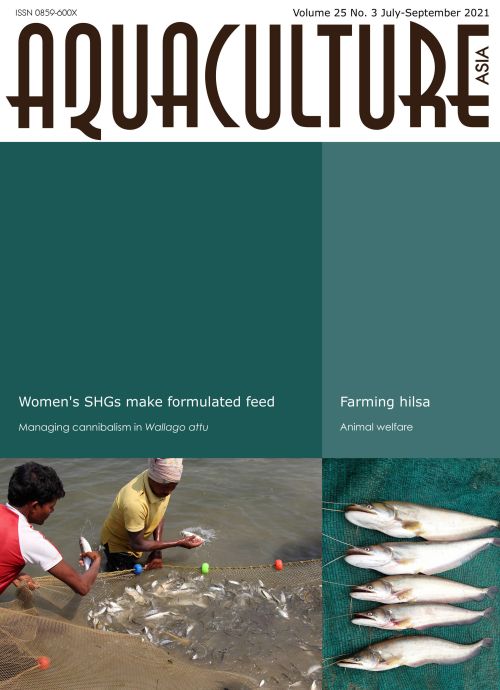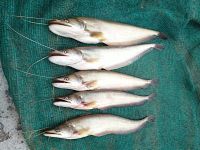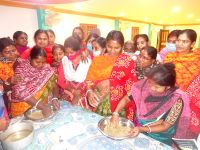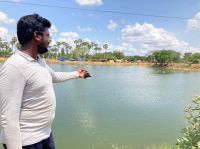Aquaculture Asia Magazine, July-September 2021
30 September 2021 | 15800 views | .pdf | 6 MB | Better management practices, Freshwater finfish, Gender, Hatchery and nursery, India, Inland aquaculture, Livelihoods, gender and social issues

In this issue:
- Opinion: Benefits of animal welfare in Indian aquaculture
Karthik Pulugurtha and Haven King-Nobles - Imparting skill on formulated fish feed preparation to women’s self-help groups in villages – an experience
Subrato Ghosh - Farming of the anadromous shad, Tenualosa ilisha: Signs of taking off in India
V.R. Suresh, K.M. Sandhya, S.K. Banik, J. Mukherjee, I. Mukherjee, A.M. Sajina, T. Maity, M.K. Mukhopadhyay, R.K. Manna and B.K. Behera - Some facts on cannibalism in Wallago attu and its management during captive seed production
S.K. Sahoo, S., Ferosekhan, S.N. Sahoo and S.S. Giri - NACA Newsletter
Creative Commons Attribution.




